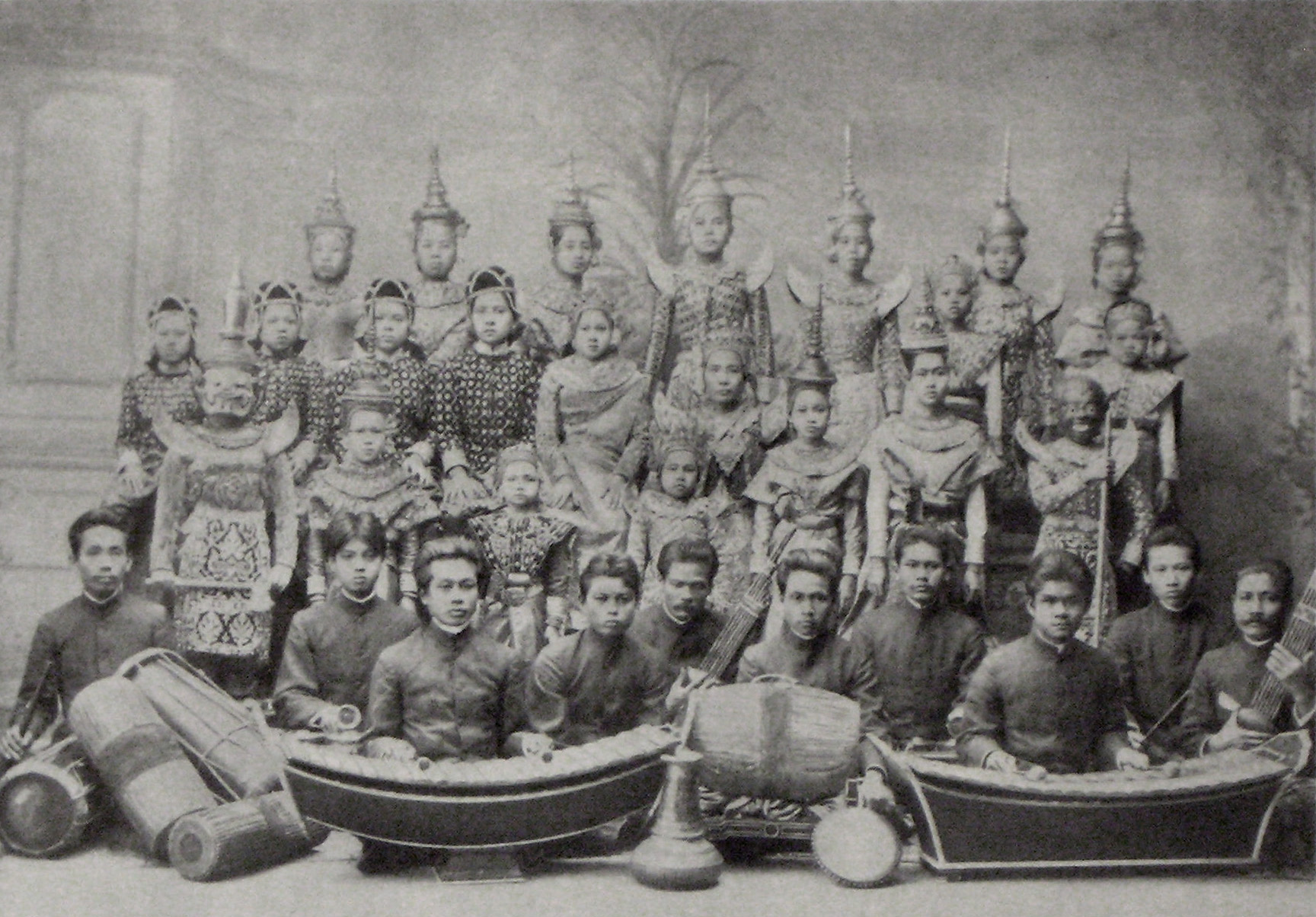Understanding Cultures through Classical Music
by Rob J Kennedy | April 19th, 2019
The divide between cultures is as wide as it has ever been today. However, there is a bridge that links us all. Our spoken languages and lifestyles have and always will be different, and vive la différence I say. These things make our societies unique. But, we do need something that binds us as one, and we all have that thing, it’s our classical musics.
Having spent some time living in Thailand in the early 1990s, I discovered classical Thai music as my hosts were art lovers. It wasn’t long before I loved classical Thai music too. Along with traditional Thai dancing and kickboxing, cultural activities were high on our list.
I found classical Thai music spoke a similar language to the western classical music I have always loved. The instruments used and musical styles were different, but the sounds connected to me and what it left me with was joy and satisfaction. Just like the music of Ravel and Bach makes me know I am part of something bigger; Thai classical music connected me to the Thai people and their culture.
Indian, Aboriginal, South and North American, African and European traditional music all speak the same language, and that’s the music of the folk. It’s about people and their lives, their traditions and their cultures can be found in the traditional types of classical music of the world.
Classical music as a bridge between cultures could be the path that leads us to better understand each other. The growth of classical music in China has opened up a world of cross fertilisation between cultures. Not only are Chinese and international orchestras visiting each other, but the flow on from the swapping of music between nations is also helping many to understand what other cultures are about.

When pipa is combined with the orchestra
© www.nac.gov.sg
Music schools, music competitions, players and composers from western countries and China are all learning about the music and lifestyles of each other. This is helping to break down the barriers and walls that have separated us on so many levels.
This cross-enrichment between cultures is increasing the quality of the players and the music performed. It’s helping all players become world-class performers. Graduate students from Chinese conservatoriums are gaining seats in international orchestras.
What is following on from this development is traditional and contemporary Chinese music is becoming better known in the west. Popular Chinese orchestral music is now available in every country. And there is a world of music and instruments to discover, like the Pipa.

Siamese theatre group around 1900 © Wikimedia commons
